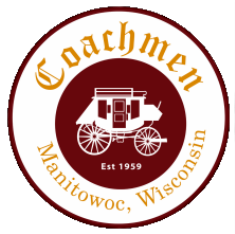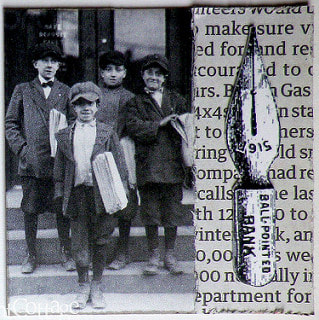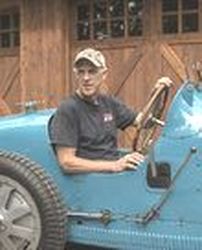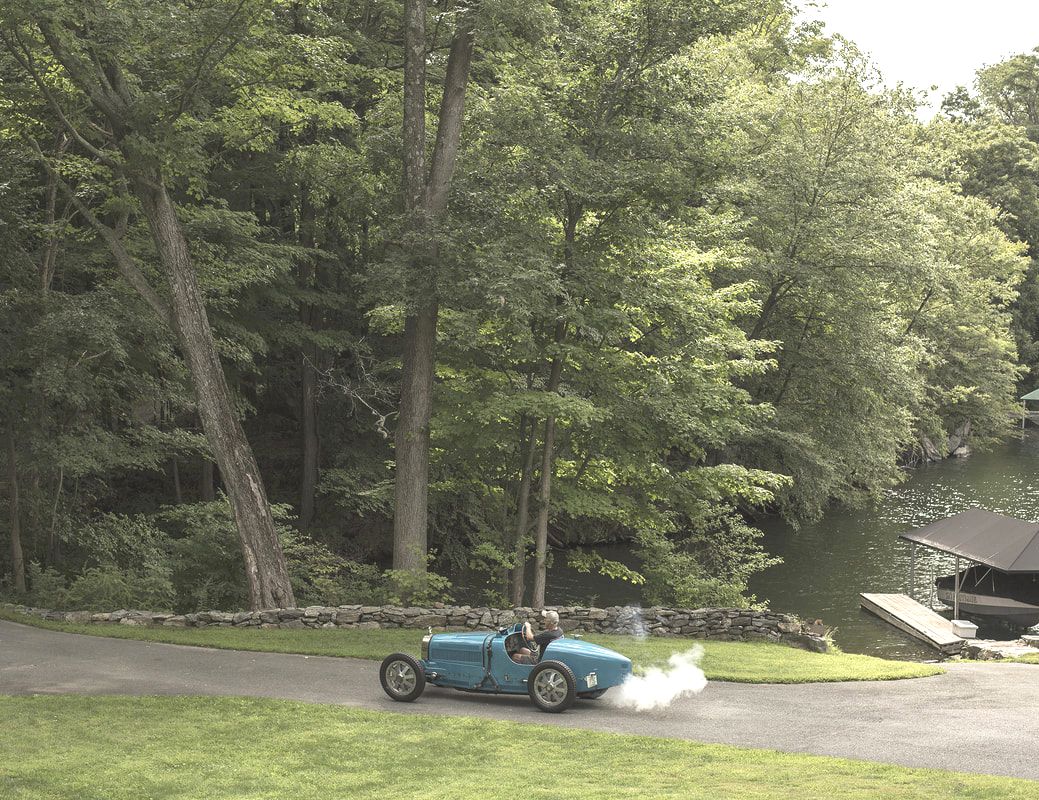The passion (and sometimes profit)
of vintage racing. There's a new interest in old race cars, and they don't just sit around.
By JACK SMITH New York Times
AUGUST 29, 2018
"If it had a racing history or distinguished provenance, it might command a million at auction," Cushnie, 61, said. "But I wouldn't sell it at any price. Nor would I consign it to a garage or a museum. It was built to race."
That's just what Cushnie will do this Labor Day weekend. He'll fire up his antiquated road rocket and go wheel to wheel with a gaggle of other prewar racecars along the track at Lime Rock Park in Connecticut.
"This is my first big race," said Cushnie, of Sherman, Conn. "It would be nice to win, but most of all I hope I don't break something. Parts are expensive and hard to find. And even if you finish first, there's no prize money."
Yet the paucity of purses doesn't keep thousands of well-heeled Americans from participating in the numerous vintage auto events — not just cruise nights, parades and concours d'elegance, but races, rallies and hill climbs — that take place every weekend across the country.
Doug Cushnie in his 1927 Bugatti in Sherman, Conn. The 10th United States Bugatti Grand Prix is expected to attract some 80 examples of the eponymous marque from all around the world to Lime Rock, Conn. for three days of racing, rallies, a concours, and all-around hobnobbing.
This year, one of the biggest is the 10th U.S. Bugatti Grand Prix, expected to attract some 80 examples of the eponymous marque from all around the world to Lime Rock for three days of racing, rallies, a concours and all-around hobnobbing.
Though vintage racing is an amateur affair, it isn't the kind of competition anyone pursues on a shoestring. Nowadays no such gathering of old-car buffs is complete without talk turning to $40 million Bugattis, $60 million Ferraris and the prospect of even higher-priced machinery going onto the block.
It wasn't always this way, said Ford Heacock, founder of the Sportscar Vintage Racing Association. "In the 1950s, vintage racing was a ragtag, unsafe hobby," he said. "The cars were relatively inexpensive."
Up through the 1970s, cars that now sell for prices in the millions went for $15,000 to $20,000, Heacock said. "Vintage sport cars were rarely raced because there was no place to race," he said. "Practice time was cheap — a track might cost $50 for a weekend, but it was hard to find one."
But the vintage car market took off in the 1980s, said Phil Tegtmeier, a Ferrari broker and concours judge from Bryn Mawr, Pa. " 'Magnum P.I.' and his 308 GTS Ferrari were on TV every week and everyone wanted a Ferrari," he said.
One of those who wanted a Ferrari was fashion designer Ralph Lauren. Jaws dropped in 1985 when Lauren paid $650,000 for a 1962 Ferrari 250 GTO. "By the late 1980s, Ferraris were appreciating so much it was possible to lease one, keep it three or four years, and then turn it in for a profit," Tegtmeier said.
But performance models are meant to be driven, not merely observed. That goes for vintage examples, too, and a whole cottage industry has grown up around getting them — and their drivers — ready to race.
John Barber, who goes by Skip, began his racing career in the late 1950s while an undergraduate at Harvard.
"I didn't have any money," Barber said. "I was going to Harvard on a scholarship and driving a borrowed 20-year-old MG." Barber said he couldn't afford track time to practice, so he would tear around the roads surrounding Boston after 2 a.m., when nobody else was driving. Those breakneck excursions through the moonlit countryside paid off. He won three Sports Car Club of America national championships in a row in the mid-1960s.
Along the way, he had an epiphany: If athletes in every other sport could benefit from coaching, why wouldn't race car drivers? More to the point, why couldn't their instructor profit from helping them hone their skills on the track?
In 1975, with two borrowed Formula Ford open-wheel racers and four students, he started what is now called the Skip Barber Racing School, whose alumni include Mario Andretti, Tom Cruise and Jerry Seinfeld. Today, there are dozens of high-performance racing schools around the country, certified by the Sports Car Club of America and offering courses that can cost up to $7,000 for five days of instruction. The Skip Barber Racing School — Barber sold his controlling interest years ago — charges just under $2,000 for a one-day program.
Then there's the matter of the car.
A race-worthy model — an old Mustang or Corvette — can be had for as little as $15,000 to $20,000, said Terry McGean, editor in chief of Hemmings Motor News. But that's just the beginning.
"Chances are you'll need to restore it, and that can cost another $15,000 to $20,000," he said. "Or you can buy one ready to race for $50,000."
Safety equipment will add to the cost. Once ready to race, a vehicle that's not road legal must get to the track, requiring a trailer and something to tow it. Any vintage racing event will be generously dotted with expensive motor homes.
At Paul Russell & Co., a Massachusetts dealer and restorer that offers maintenance and even support at road rallies, Alex Finigan, the sales manager, looks askance at the idea of an owner ever parting with a car worthy of his dealership.
"People never buy our cars as investments," he said. "Our clients are hard-core car guys. If you can afford it, then buy it. But we don't sell our cars in hopes it will go up in value."
Still, Finigan acknowledged that almost every car that his company had sold — a carefully curated selection of vehicles that includes vintage racers — had gone up in value.
"Nobody can see into the future," he said, "but if you look five years ahead, you'll see our cars will go up at least 15 percent."




 RSS Feed
RSS Feed